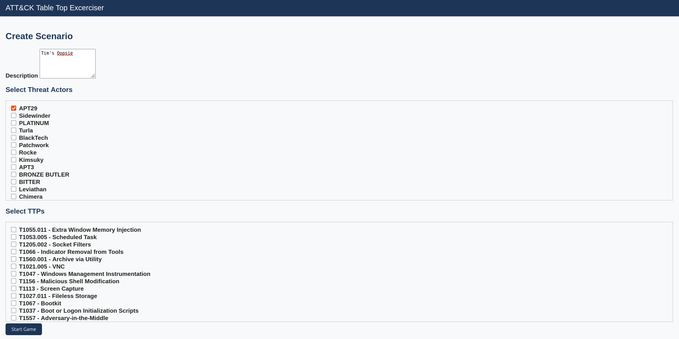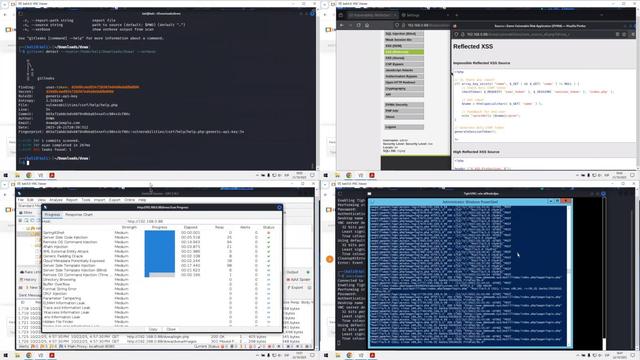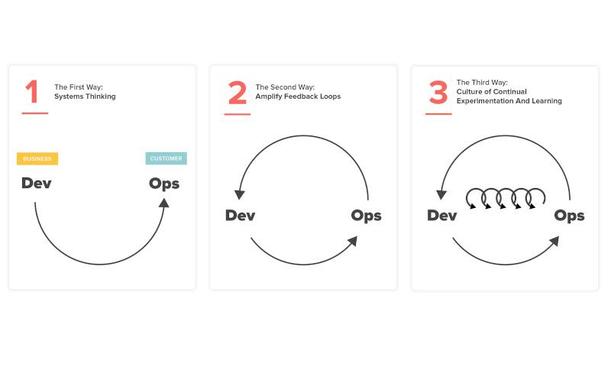⚠️ Most breaches don’t require genius — just opportunity.
Attackers don’t need zero-days. They exploit what’s already exposed:
• Default creds still active
• Config drift no one monitors
• Cloud misconfigs after updates
• APIs exposed by accident
We’re building autonomous agents to close those gaps 24/7 at HACKTIVATE LABS.
The Reality:
Most orgs don’t need more security staff —
they need faster decision loops.
Executed by agents that never sleep.
What we’re testing now:
🧠 AI agents that shape the threat surface in real time
🛰️ Pre-attack recon using live intel feeds
⚔️ Automated red team prep using CVE correlation
🔄 Defense loops that execute without human approval
The goal isn’t alerts.
The goal is autonomous containment.
💬 If you’re building in #AIsec, #Cybersecurity, or #DevSecOps — let’s align.
Tag your team or @mention someone who should see this.
#Automation #RedTeam #AISecurity #SOC #NetOps #SecurityFuture #AIagents








